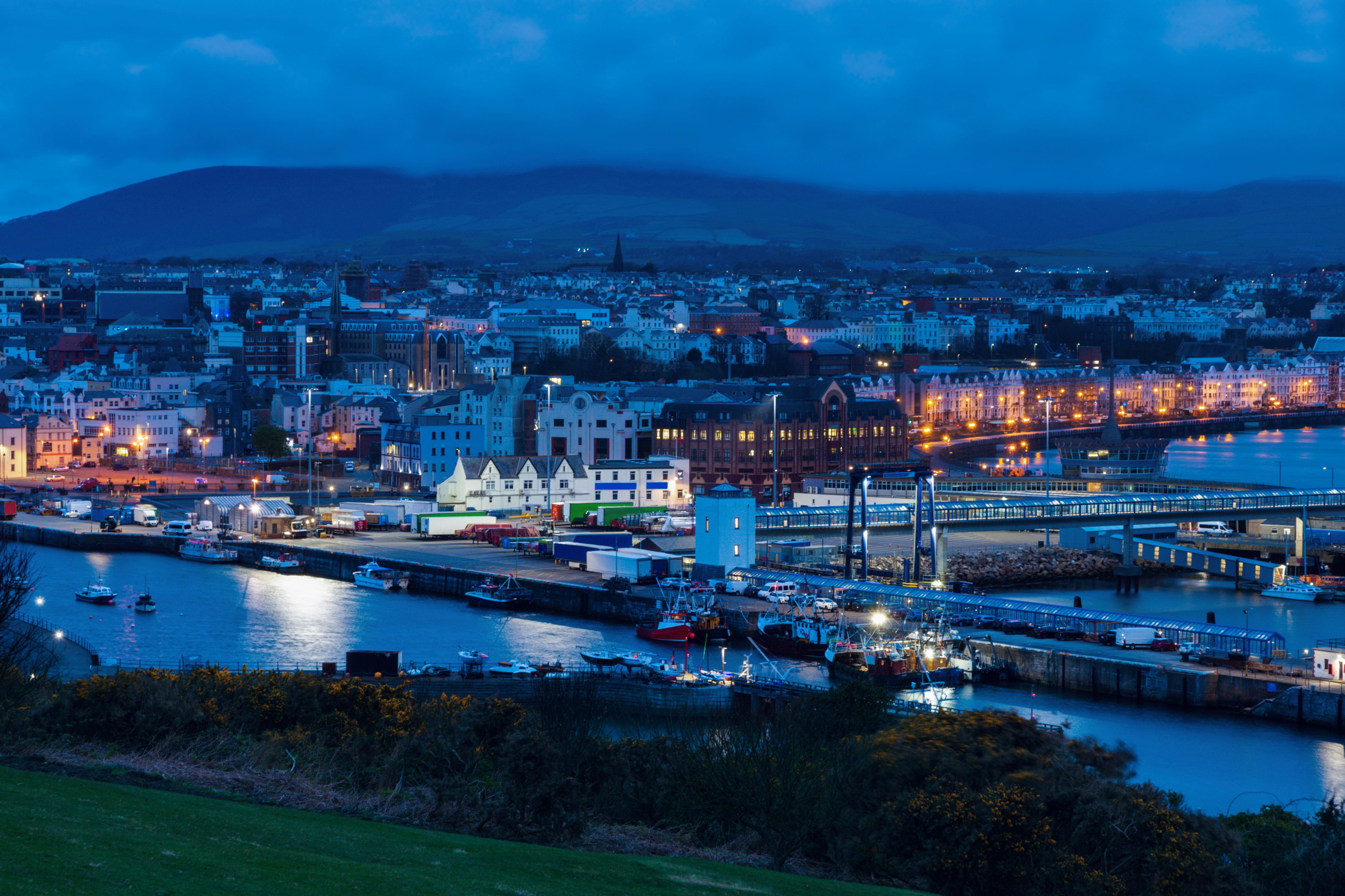All at one time, we want to change our energy mix, our climate, our economies, our global trade patterns, our cities, our technology and our social equity. And we plan to do it all against a backdrop of a non-stationary environment, divisive geopolitical rhetoric and deep economic uncertainty. It is a mammoth task, particularly within island jurisdictions which can be challenged by issues such as high development costs, limited economies of scale, fragmentation and limited access to resources. Islands are facing a myriad of infrastructure challenges such as climate change and resilience, energy security and transition, connectivity, food security and affordable housing.
To address these challenges, islands need to change (and improve) the way infrastructure is planned, funded, developed and operated. This will require collaboration, new funding mechanisms, innovative regulatory regimes, new construction techniques, broader skill sets and — more than anything — a high degree of flexibility and creativity.
Enabling island transitions must start with change in the infrastructure sector. This summary of KPMG’s 2024 Emerging Trends in Infrastructure highlights ten trends that KPMG professionals believe will shape the world of infrastructure in 2024. To learn more about the trends and topics raised in this report, we encourage you to contact your local KPMG member firm.
Trends
Scroll down and explore the ten trends and download the full report to see what KPMG infrastructure professionals are predicting what might be the 10 trends that will shape the world of infrastructure in 2024.

A broader focus for the Just Transition
To date, much of the conversation around the ‘just transition’ has been focused on jobs. Yet the bigger challenge will be in ensuring that investment, development and sustainability outcomes are spread equitably between developed and emerging markets. Over the coming year, expect to see some governments and international organizations start to broaden the definition of ‘just transition’ and, with it, encourage greater collaboration between nations, sectors and citizens.

A turn in geopolitics
With collaboration, partnership and trust in short supply and geo-political and economic head winds dominating the headlines, the actual and perceived risks to businesses have grown multi-fold. This year, expect to see infrastructure players and investors focus on finding ways to measure, manage and mitigate the risk of uncertainty. KPMG is cautiously optimistic about the triumph of economics and good policies over protectionism and divisive short-term strategies.

The rise of philanthropic capital
The quantum of philanthropic capital being allocated to infrastructure development is rising. Working in partnership with MDBs and development agencies, these philanthropic investors are using their financial strength and different return expectations to help MDBs crowd more private sector capital into projects using forms of ‘blended finance’. Should they be successful, a greater volume of projects start to come to market — particularly in the emerging markets.

Towards the ‘infrastructure mesh’
The magnetism of city centers is diffusing. At the same time, there seems to be a continued shift towards infrastructure decentralization. It is a fundamentally different world for infrastructure planners and investors. And regulators may struggle with this new environment. New mechanisms will need to be found. Infrastructure designers and developers will also need to rethink their approaches to incorporating whole system thinking into their designs and connectivity into their models.

Contracting for technology
Many governments and asset owners see technology as a way to maximize the value of existing assets and investments. And, recently, a growing number of governments and international institutions have started to think much more critically about how they might more appropriately contract for innovation and technology. Expect to see further progress and adoption of infrastructure innovation, particularly within critical sectors like energy, built environment and urban infrastructure.

Driving the energy transition
The path to Net Zero is becoming increasingly complicated. And it’s not just politicians that are being jolted awake to the dire need for action. This year, investors should be expected to ramp up their pressure through capital allocation. Regulators will get better at forcing the issue. Consumers will become more open to shouldering the financial costs. And global institutions will create innovative mechanisms and programs to help drive capital towards energy transition initiatives in the emerging markets.

Reforming the regulatory remit
Regulator scope has expanded to include risks like cyber security, resilience, decarbonization, financing and innovation — topics many would argue are actually the remit of politicians and policymakers, not regulators. This year, expect this debate to come to a head in many markets. It will start with continued challenges that, eventually, should lead to a level of regulatory reform, supported by a concerted effort on the part of regulators and governments to upskill and expand regulatory capabilities.

Bending not breaking
Accelerating the drive for nature-based solutions is the increasing body of evidence that suggests these ‘green infrastructure’ solutions can be more effective, sustainable and affordable than traditional ‘grey infrastructure’. The widespread adoption of valuing nature-based assets and solutions would enable companies to better account for these assets on their balance sheets. Indeed, it won’t be too long before developers default to nature-based solutions over pouring concrete, a practice which will be key to maintaining the natural beauty that many islands’ tourist economies rely upon.

The race to green growth
While most governments will not be able to compete with the firepower of the IRA, there is still much they can do to improve investment flows into their own green energy and resilience markets. While, in the short term, some countries might gravitate towards protectionism, policymakers and leaders should realize that equitable green growth — evenly dispersed — is the solution to a wide range of problems. But it requires collaboration not competition.

The next frontier
Technological progress is happening in shorter cycles with greater impact. As such, expect to see governments and infrastructure planners place greater emphasis on creating flexibility in their infrastructure designs and assets. It won’t stop a new technology from disrupting your plans. But it will allow you to make better use of your existing investments for longer and give you the confidence that — when disruption does come — you will have options for dealing with it.

